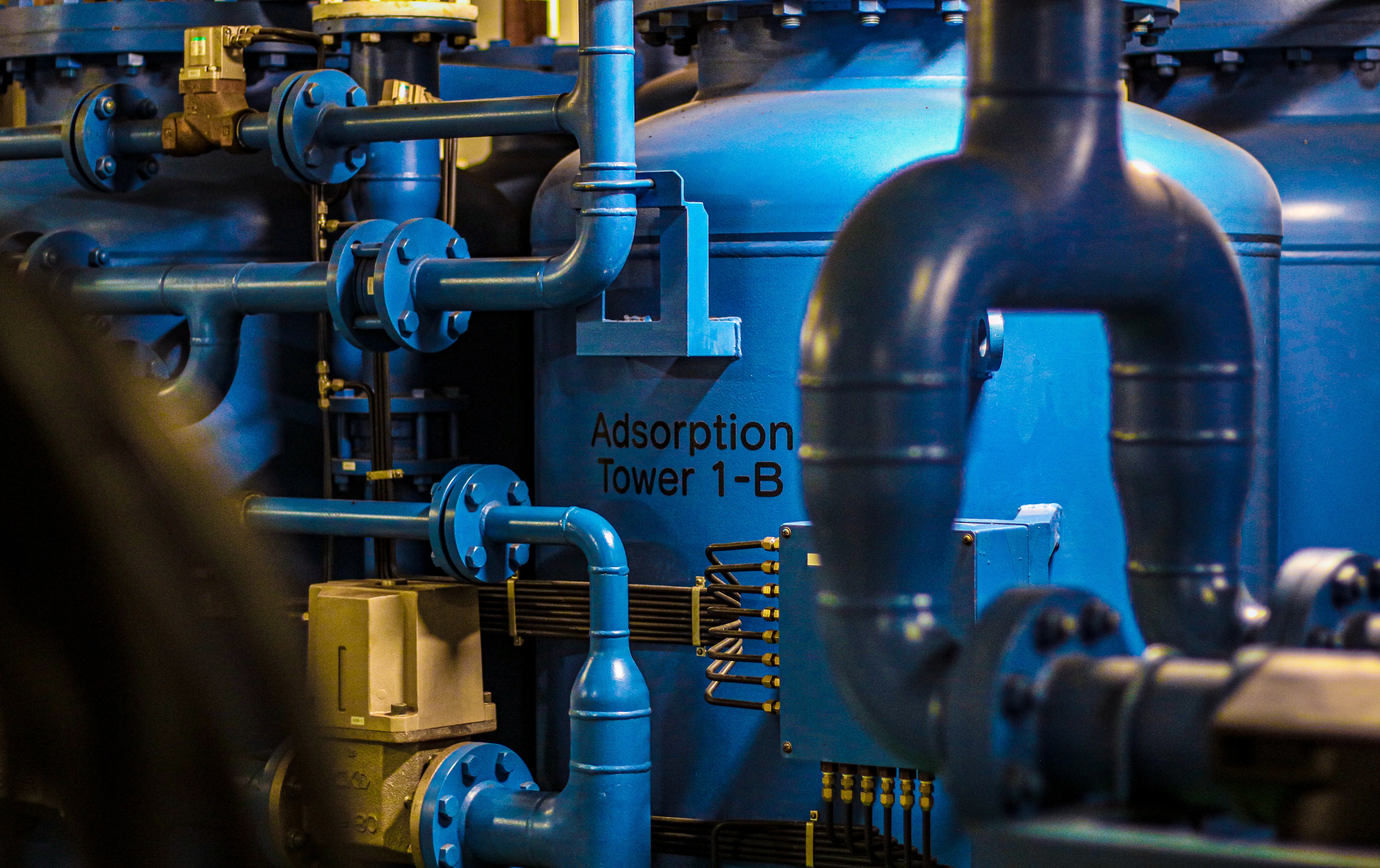
Croatia intends to connect to the existing gas pipeline that stretches from gas-rich Azerbaijan through Georgia and Turkey to Albania, according to recent announcements of Economy Minister Davor Filipovic.
Filipovic, who recently participated in the economic forum in Delphi, Greece said Croatia is doubling the capacity of the LNG terminal on the Adriatic island of Krk and is discussing connecting to the gas pipeline from Azerbaijan, to position itself as an energy hub in this part of Europe.
The plan is to build a branch that would go from Albania through Montenegro and Bosnia and Herzegovina to Croatia.
Croatia supports this project. We think it is important to have another additional supply route where the gas would reach Split, where our gas pipeline network goes, said Filipovic in Delphi. The gas could then be exported further. Filipovic said that the talks had already been conducted with officials of Montenegro and Bosnia and Herzegovina on this topic.
In July 2022, Azerbaijani President Ilhan Aliyev signed a strategic partnership agreement with the President of the European Commission, Ursula Von der Leyen, to increase gas supplies from the Caspian Lake to the EU. The agreement was signed five months after Russia, from which the EU covers 40 percent of its gas needs, launched an invasion of Ukraine.
The project of transporting gas from Azerbaijan to Croatia, known as the Adriatic-Ionian pipeline, has been under consideration since 2012 but the current situation has accelerated it.
Azerbaijan plans to double its natural gas exports to the continent by 2027 by expanding the Trans-Anatolian Natural Gas Pipeline's (TANAP) capacity from 16 to 32 billion cubic meters (bcm) and the Trans-Adriatic Pipeline’s (TAP) capacity from 10 to 20 bcm.
The Southern Gas Corridor (SGC), a natural gas supply route that has transported natural gas from the Caspian Sea to European markets since 2020, involves a series of pipelines including the South Caucasus Pipeline, the TANAP, and the TAP. The main supply source would be the Shah Deniz gas field, located in the Caspian Sea.
Azerbaijani President Ilham Aliyev, who visited Bosnia and Herzegovina in mid-April, said in Sarajevo that Bosnia and Herzegovina as well as the whole region should use the advantage of obtaining energy from his country, adding that this is one of its economic priorities.
The Southern Gas Corridor comes close to BiH borders and it's completely natural that we should expand the cooperation in gas supply, he said, adding that Azerbaijan's priority is energy connectivity between the Caucasus and the Balkans.
During the Global Baku Forum held in the Azerbaijani capital city on 9-12 March, Aliyev said that over 10 European countries had asked them to increase the deliveries of gas supplies.
In 2019, Azerbaijan exported 19 billion cubic metres of gas, and in 2023 it is poised to export 24 billion cubic metres.
A half of that will be exported to Europe, said President Aliyev.
Ionian-Adriatic Pipeline (IAP) project
In 2007, Croatia, Montenegro and Albania signed a declaration on the IAP (Ionian-Adriatic Pipeline), which is supposed to be connected to the Trans-Adriatic Pipeline (TAP). The 870-kilometre-long TAP should transport gas from Shah Deniz II gas field via Greece and Albania and the Adriatic Sea, to Italy.
The length of the IAP gas pipeline from Split, Croatia to Fier, Albania is 511 kilometres, and the capacity of this pipeline is set at five billion cubic metres annually.
The project is planned to be completed in 2025, says Croatia's Plinacro gas transmission system operator, on its web site.
"The IAP project has been based on the idea of connecting the existing gas transmission system of Croatia via Montenegro and Albania with the TAP gas transmission system (Trans Adriatic Pipeline)," Plinacro says.
"On the territory of Croatia the construction of four sections and a compressor station in Dugopolje has been planned. The mentioned sections are: Split – Zagvozd (52 km), Zagvozd – Ploce (50 km), Ploce – Dubrovnik (103 km) and Dubrovnik – Prevlaka – Dobrec (MN) in the length of 47 km."
"The implementation of the entire IAP project provides opening of the new energy corridor for the region of CEE/SEE and Western Balkans within the Southern Gas Corridor (SGC), for the purpose of establishing a new natural gas supply route from the Middle East, Caspian region and East Mediterranean. The IAP will have a bidirectional gas flow and it will be fully compatible with the LNG terminal on the island of Krk," reads a statement on Plinacro's website.
In August 2016, Croatia, Albania, Bosnia and Herzegovina, and Montenegro as well as the executives of Azerbaijan's SOCAR oil and gas company signed a Memorandum of Understanding on the project for the construction of the future IAP pipeline.
Kakvo je tvoje mišljenje o ovome?
Pridruži se raspravi ili pročitaj komentare



 Srbija
Srbija
 Bosna i Hercegovina
Bosna i Hercegovina
 Slovenija
Slovenija







